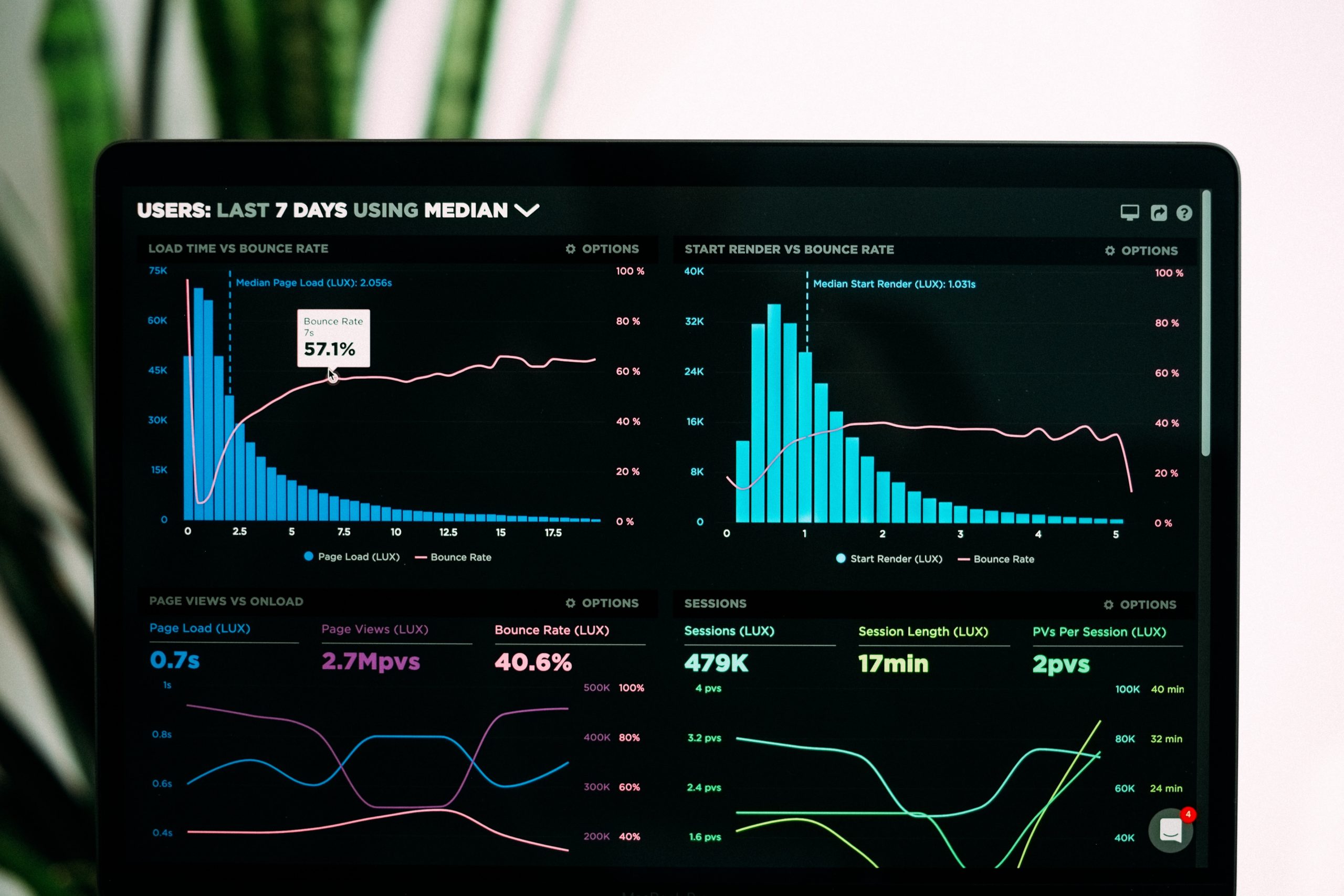Part of being a data scientist is understanding, generating insights from data, and presenting your results in a clear and concise way. Showing data tables will not reveal the game-changing sexy insights you found. That may just bore, confuse, or even anger your bosses and colleagues, or even worse – key stakeholders that are paying for you to turn shit into diamonds.
However, I will also caution that ugly plots can be MUCH WORSE than no plots at all.
When people make shit plots, that just screams to me that you didn’t put in the time or the care to think about your audience and your message. That wastes time and effort that could have been used for more productive activities (like getting your story straight, for starters).

Every morning when I go to the computer and look at the slide deck I made the previous night, I consider calling Alcoholics Anonymous (but maybe that’s just a side effect of graduate school. I digress).
I should mention here that I’ve made my fair share of shit plots. In fact, I wish my Ph.D. could be based on the art of making shit figures.
Despite being the master of making bad art, I have found tips and processes along the way that allow these uglies to eventually make it towards peer-reviewed publications and other public-facing works.

In this post, I will share my process for making publication-worthy plots and figures.
My process
1. Throw shit on the wall and see what sticks
“Waiting for perfect is never as smart as making progress.” – Seth Godin

Much like how a scientist tests several hypotheses before turning it into a paper (if you think the scientific method was as linear as they describe it in biology 101, hah, that’s just wishful thinking), you should also take the same approach to your code and your figures.
Don’t aim for perfection in the first round of figure making. I think that just sets you up for a) procrastination, b) unrealistic expectations, and c) shitty, unoriginal, and rigid work.
Instead, this should be the time to get all the bad ideas out. If you’re making a conceptual figure, make several versions of it. If you’re trying to make a story around one piece of data, make several plots that attempt to show the exact same thing, but better.
At this point, it is your goal to clarify and solidify the story you want to tell with the data. And that comes by viewing and visualizing the data in several different ways.
2. Sleep on it

Once you have several ideas either jotted down as a drawing or made digitially, you can drop whatever you’re and do something else.
There is a growing body of research that suggests there are benefits to taking scheduled breaks for productivity and creativity. This 2010 study by Ariga & Lleras found that brief mental breaks allowed students to stay focused on specific tasks over long periods of time. Another 2014 study by Oppezzo and Schwartz showed going for walks improved participant creativity.
My personal process is to work right before bed on creative tasks and sleep on it. The following morning, wake up and immediately go back to work. I have found that the biggest improvements in my plots come after getting some rest.
3. Get (smarter) people to provide good and specific feedback

Once you have exhausted every iteration you can think of, it’s time to receive feedback.
You want to have two groups of people look at your work:
- People who are very familiar with what you do, and can offer granular suggestions for small details, and
- People who do not know anything about what you do, but can offer a new perspective.
These two perspectives let you find both the high-level and low-level details you need to get perfect to ship out a decent plot.
If you have your own creative process related to making plots, or want to dive into the specifics, please comment below or shoot me a message at admin [at] scottcampit [dot] com.
Looking forward to hearing from you!
